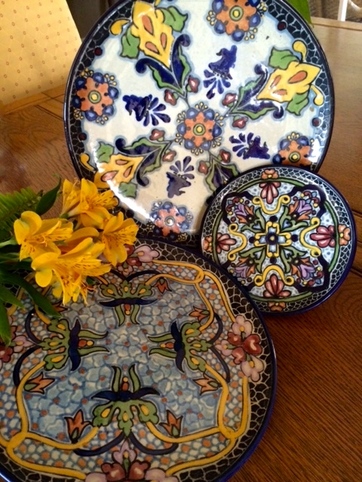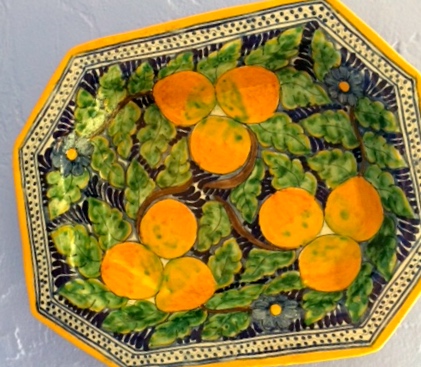
Much of what is in your kitchen and on your dinner table contains lead. It is found not only in your grandmother’s china, but in products that will be sold from department store shelves this afternoon. Legal, allowable limits of lead are still available in so many forms it is hard to believe and impossible to understand. What a ridiculous way to die.
We have enjoyed lead in lead crystal and china for decades without fear. Only recently have warnings been attached to lead crystal and those warnings have focused on the storing of liquid in decanters that allow long-term leaching of lead into contents. Other uses are somewhat ignored because the feeling is that the lower exposure is not harmful.
Every bit of lead exposure your body manages affects you. It diminishes your functioning and eventually can cause debilitating, and often unidentifiable, illness. There is no amount of lead that is not harmful to the body.
Your exposure to lead and other toxins from dinnerware and glassware just can't be ignored. It all gets processed by the body and all toxicity matters.
It is hard to understand how modern, educated populations could continue to manufacture eating and cooking utensils made with lead in this present day, We have known for hundreds of years that there are dangers associated with lead. It seems like the more we understood it, the more casual it's use became.
Even today the Food and Drug Administration has allowable limits for lead in dishes, cookware, crockpots and glassware. They use the term, GRAS, meaning Generally Regarded as Safe. We need truth, not generalizations that scream...."We've never tested it."
The ramifications of long-term lead exposure manifest as severe, chronic pain and illness. Because these conditions take years to develop they are rarely recognized as lead poisoning. Those poisoned die with conditions that are usually misdiagnosed.
If your goal is to purchase lead-free goods, you will need to be clever. Finding clean products will take some investigating.
Because there are no labelling requirements for lead content, manufacturers do not ordinarily address the issue in packaging. Without labeling, it is necessary to make contact with the manufacturer personally.
If the response from a manufacturer is, “We comply with FDA regulations,” you have been told there is lead content in the product. The words you want to hear are “lead-free.” Get your answer in writing.
Some things to know about lead ware for handling food:
- Storing food in lead ware increases leaching time and toxicity.
- Heat will escalate the leaching of lead into food.
- Pieces with chips or damage to the integrity of the glaze are particularly dangerous.
- Using a knife to cut on lead ware increases the potential exposure.
- Imports from China and Mexico have been the most problematic in recent years.
- Inexpensive, fun plates and pieces are highly suspect.
- The regulatory system is poor and not to be trusted.
- Suspect old clay pots, decorative plates, painted plates, as well as, older Talavera and Fiesta-ware.
